In September of 2009, I had the privilege to travel to Los Angeles, California, and visit some of the original sites where the historic Azusa Street Revival transpired. As I shared some of my personal experiences online through Facebook and other forms of social media, one of my friends asked me to reflect on why the Azusa Street Revival ended.
One of the biggest setbacks of the Azusa Street Revival came with the sudden loss of their extensive mailing list in 1909. After some disagreement, Florence Crawford, the strong-willed secretary of the Apostolic Faith Mission abruptly left town with the extensive roster of subscribers. Without this, the mission’s newspaper could no longer be circulated. As a direct result, the vast crowds stopped coming to the services. With absolutely no media to broadcast the testimonies or provide information about the ongoing meetings, many were convinced that the revival had ended. Without new visitors, the subsequent meetings began to lose much of the impact and urgency that they once had. With fewer people to pray for, many of the other problems that had been lying under the surface finally began to emerge. Soon conflict and disagreement became more pronounced in the once tranquil congregation. Sadly, nothing would ever be the same again at the Apostolic Faith Mission.
In time, many ridiculous conflicts arose at the Mission. Several of the participants began to have disagreements over various things. For example, since neckties were little more than frivolous adornment, should they be worn by sanctified men? This debate invited even more arguments. Members also fought over whether constructing a storm shelter at the Mission demonstrated a lack of faith or not. Of course, one of the more absurd conflicts was over William Seymour’s marriage to Jennie Evans Moore in 1908 (This is something that may have contributed to Florence Crawford and Clara Lum leaving the Mission the following year). As foolish as this this conflict was, it shouldn’t be that surprising. Early Pentecostal and Holiness people were very cantankerous and independent. It was often hard for them to agree with others for any length of time. Many would break rank over the smallest differences of opinion. There is little doubt that rambunctious, obstinate people were bulk of the membership of the Apostolic Faith Mission on 312 Azusa Street in Los Angeles, California. This contributed even further to the waning of the revival.
There was something else that may have contributed to the breakdown of the revival. Some of the leaders who attended the services were convinced that they could do a much better job of perpetuating the revival than William Seymour and his team. By the second and third year of the revival, several competing missions popped up around Los Angeles; attempting to take the attention away from the Apostolic Faith Mission. Interestingly, one of which was a congregation launched by the infamous Charles F. Parham, the Pentecostal leader who had first influenced Seymour with the Pentecostal message in Houston, Texas. When Parham visited the meetings, he didn’t like what he saw and began to voice his opposition. It wasn’t long before he attempted to start a competing work nearby. Many of preachers would visit the revival services for a week or two and then launch out in their own work. A few succeeded in their efforts, but, like Parham, most failed. These ongoing expressions of opposition and conflict confused the people and made it difficult for the work to continue.
To make matters worse, a tense theological war over the appropriation and experience of sanctification erupted on Azusa Street in 1911. Coming from a Wesleyan-Holiness background, Pastor William Seymour and his associates believed that sanctification, or a “moral cleansing,” was a second, instantaneous work of grace. This was the standard view of all holiness leaders at this time. Yet others arose, William Durham to be specific, who taught that sanctification was more of a gradual process. While Seymour was away, Durham preached his understanding of the “finished work of Christ” at the Apostolic Faith Mission. When Seymour returned, he was aghast and felt compelled to lock Durham out of the church. This argument created a great schism among the ranks of the congregation that only intensified when Durham proceeded to start a new church nearby. A significant number of Seymour’s congregation joined Durham and a gaping hole was felt in the already troubled congregation. This was truly a terrible wound that it really never recovered from.

Yet, as I finish this historic exploration, I think there is one important lesson that the revival at Azusa Street provides for us. I believe that it helps us to understand that revivals seldom end because of the trouble without. No, revivals end because of the trouble within. {eoa}





















































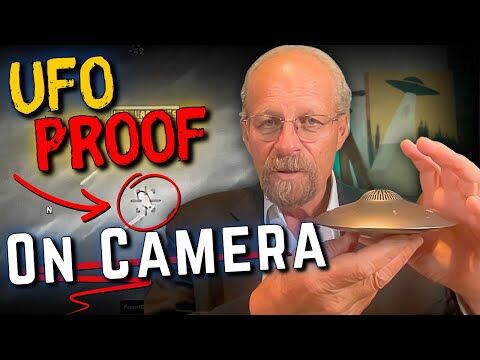
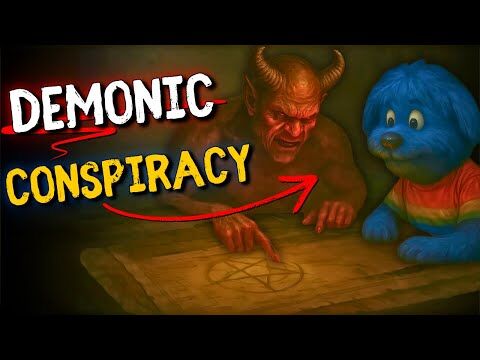
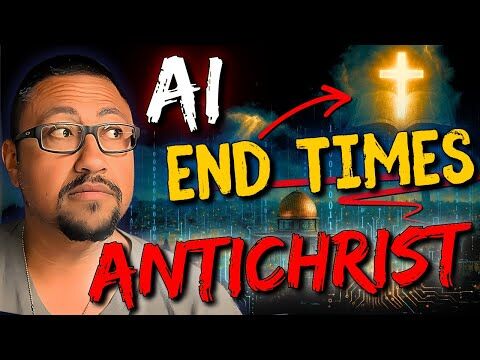




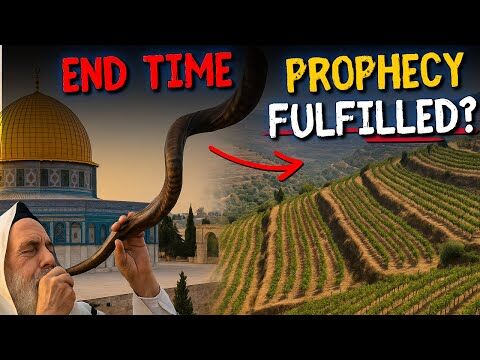
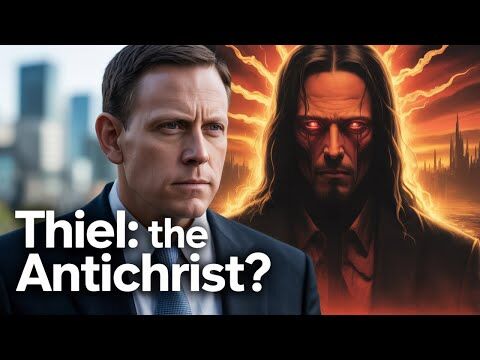




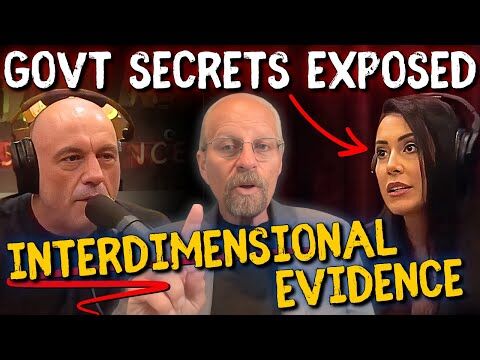

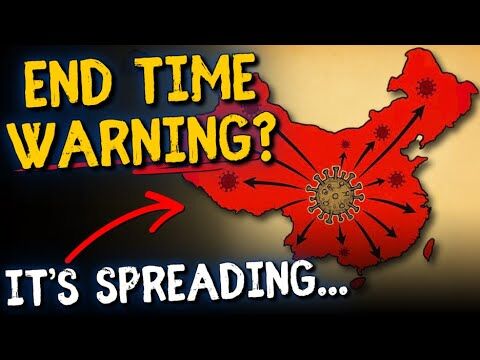
Pentecostalism started in Azusa, Los Angeles, 1906.
Why did that strange fire consumed the City?
Could it be that God was angry with the way His work was handled way back 1912, and even now?